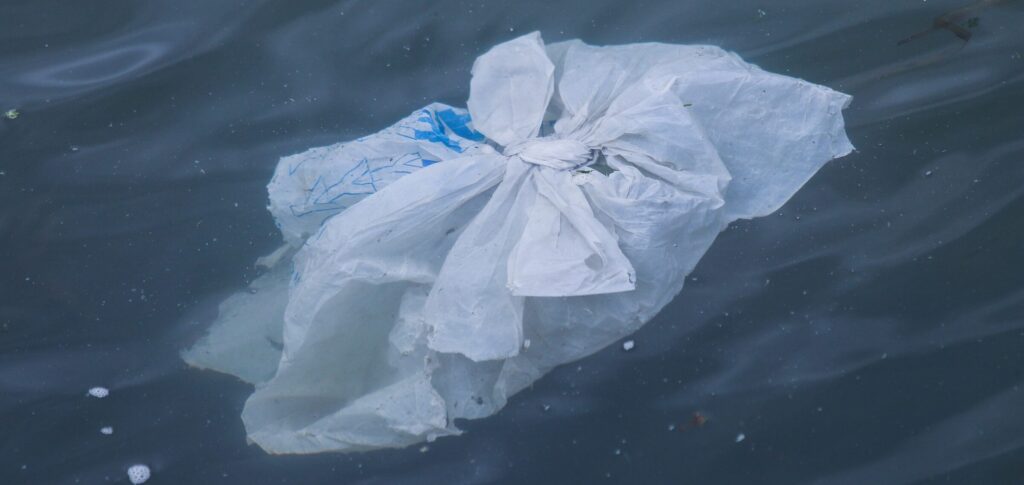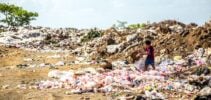The number is equivalent to the population of the United Kingdom, France and Germany combined. Around 41 million of them are children, elderly people and people with disabilities, according to the report (🇬🇧). Three-quarters of those most at risk live in Southeast Asia and the Pacific region.
ADVERTISING
Researchers from Resource Futures, an environmental consultancy, and tearfund, an international charity, found that communities in Cameroon, Nigeria, the Democratic Republic of Congo (DRC), Ghana, Bangladesh and Indonesia suffered more severe floods in the last years due to blockage of plastic waste in drainage systems. In these communities, plastic waste was a “risk multiplier” for flooding, they said.
Rich Gower, senior economist and policy associate at Tearfund, told The Guardian (*): “Around the world, from Brazil to DRC, from Malawi to Bangladesh, we see plastic pollution making flooding worse. Without decisive action, this problem will only get worse.”
A pollution by plastic waste has doubled in the last decade and is expected to triple by 2060. Only 9% is recycled globally.
ADVERTISING
The researchers urged governments – which will meet in Paris next week (🇬🇧) – to begin negotiations on a legally binding plastics treaty, taking into account these most affected communities.
The researchers excluded coastal communities and small island developing states from the research, as coastal flooding is unlikely to be worsened by plastic waste.
More than 1 billion people live in slums around the world, and that number is expected to reach 3 billion by 2050. The most commonly observed plastic items blocking drainage systems, according to the report, were bottles, nylon from the fishing industry, plastic bags and sachets.
ADVERTISING

The study said the build-up of plastic pollution can cause water levels to rise by one meter in the first hour of a flood.
Read also
(🇬🇧): content in English
(*): Content in other languages translated by Google Tradutor
(🚥): may require registration and/or subscription
* The text of this article was partially generated by artificial intelligence tools, state-of-the-art language models that assist in the preparation, review, translation and summarization of texts. Text entries were created by the Curto News and responses from AI tools were used to improve the final content.
It is important to highlight that AI tools are just tools, and the final responsibility for the published content lies with the Curto News. By using these tools responsibly and ethically, our objective is to expand communication possibilities and democratize access to quality information. 🤖




